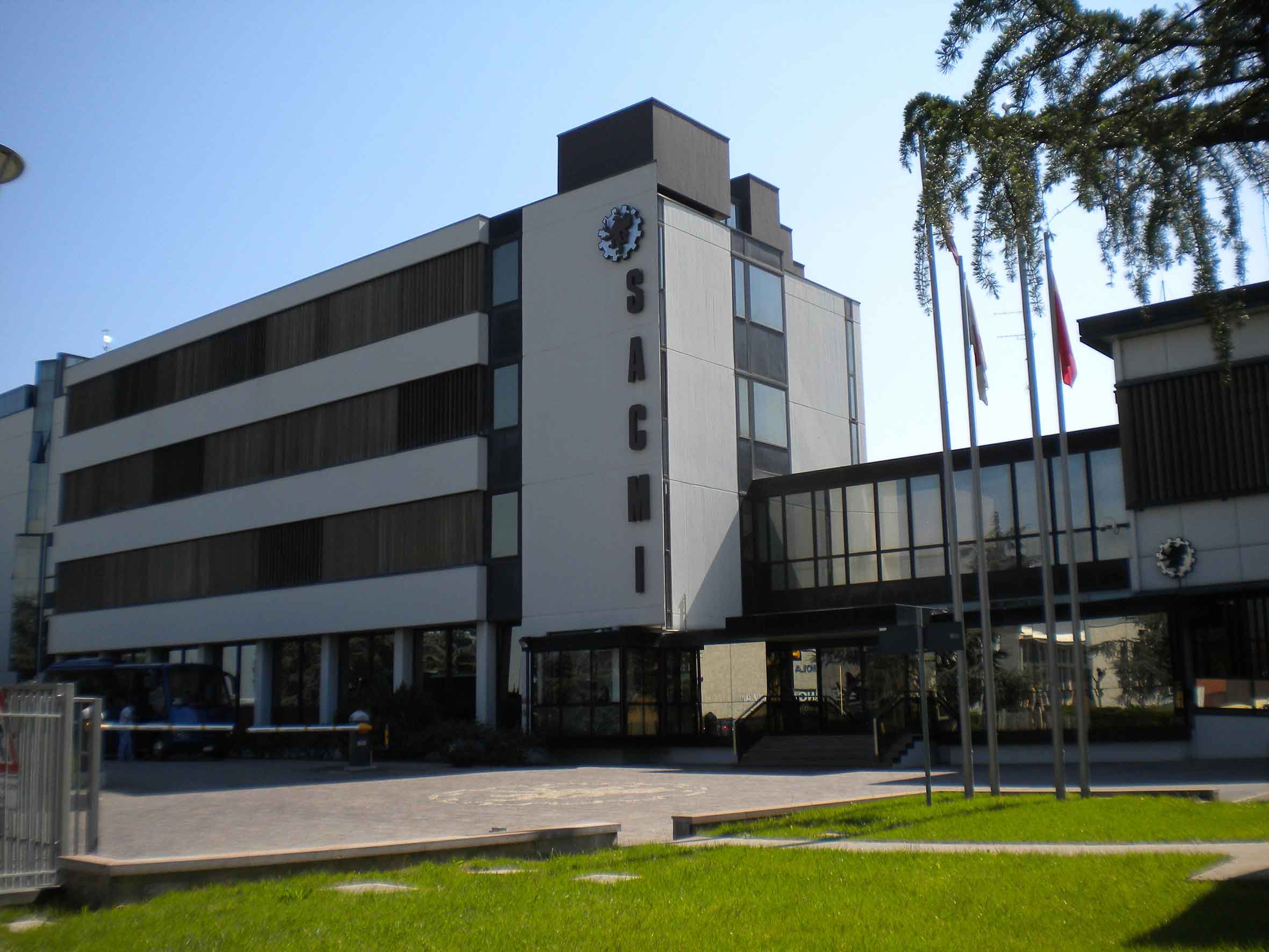
Research was conducted by the Sacmi steel team together with Bologna University (DICAM and DIN departments). The purpose of the presentation, to be held on 13 September during the conference, is to promote direct involvement of undergraduates and PhD students in this area.
Sacmi and AIM (Associazione Italiana di Metallurgia) continue their close collaboration. After hosting, last April, a third specialised technical-scientific training course on metal powders, Sacmi is now getting ready for the Association's 37 th national conference (to be held from 12 to 14 September at Bologna University’s Faculty of Engineering and Architecture). As per AIM tradition, the event takes on a multi- seminar format. Here, Sacmi will illustrate the studies, carried out together with Bologna University, into the heat treatment of steel.
Co-developed by the Sacmi steel team and the Metallurgy and Corrosion units at the Departments of Civil, Chemical, Environmental and Material Engineering (DICAM) and Industrial Engineering (DIN) of Bologna University, the study investigated the “effect of heat treatment conditions on residual austenite and the corrosion resistance of stainless steel X190CrVMo20-4-1”. The goal of the complex study is to demonstrate how stainless steel for moulds, produced using powder metallurgy techniques, can provide improved corrosion resistance, doing so by maintaining low levels of residual austenite and optimal hardness values when subject to specific heat treatments without having to resort to cooling and/or cryogenic holding.
Another equally important purpose of the meeting (Sacmi's talk will take place at 9.40 a.m. on the 13 th ) is to promote the direct involvement of young metallurgists and PhD students in individual seminars, thus strengthening AIM as an interface between the university and technical- manufacturing worlds. For Sacmi, this is a great occasion to bolster its working partnership with Universities and regional research facilities. Such work is essential, on the one hand, to developing promising new lines of applied research and, on the other, to training up key figures in the relative business areas.






